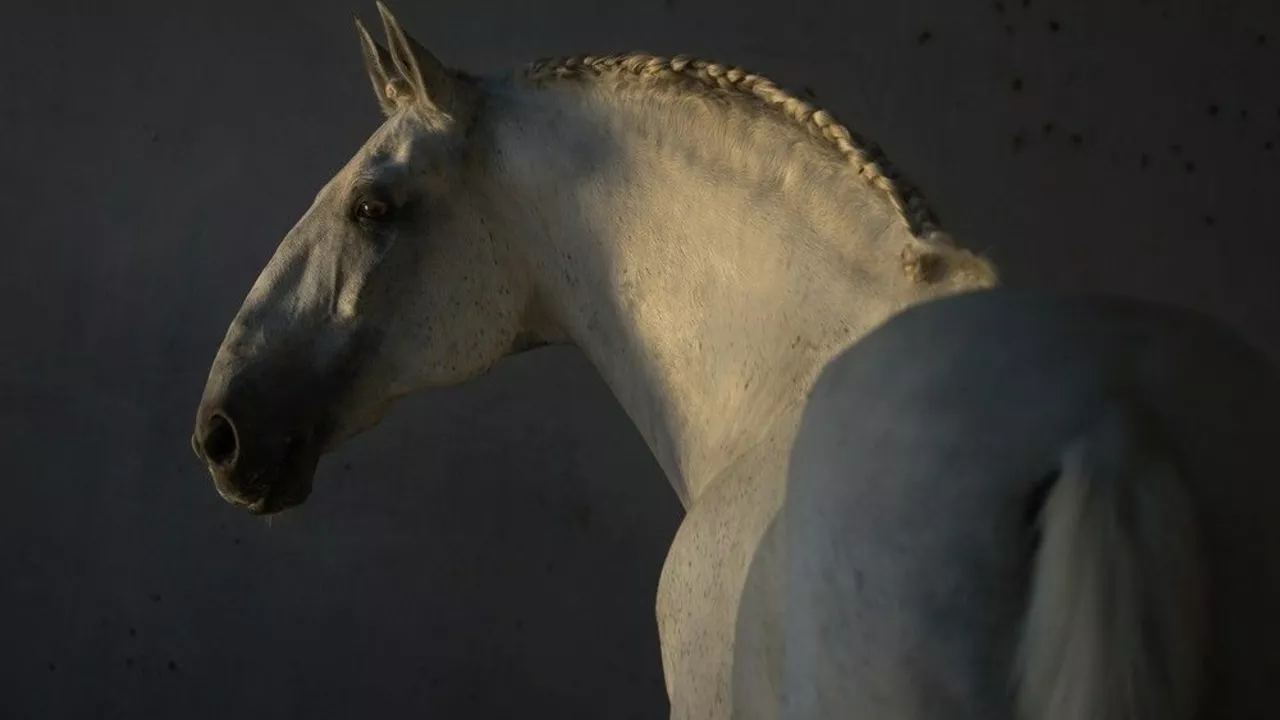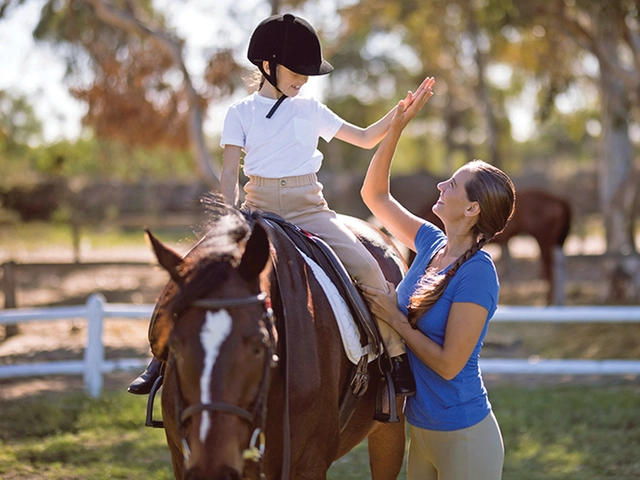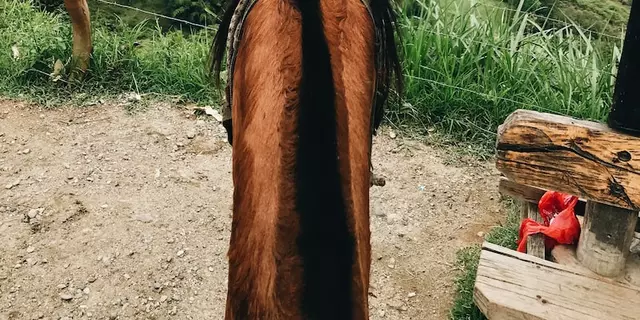Understanding the Roman Nose Feature
The Roman nose feature is a distinctive characteristic that is observed in some breeds of horses. This feature is characterized by a convex or outwardly curving profile, which gives the horse a somewhat 'noble' appearance. Some people believe that horses with a Roman nose are stronger or more robust than others. However, there's no scientific evidence to back up this claim. It's merely a physical trait, much like the color of a horse's coat or the length of its tail.
While some horse enthusiasts may find the Roman nose appealing, others may not. Beauty, as they say, is in the eye of the beholder. But regardless of personal preference, there's no denying that the Roman nose is a fascinating characteristic that adds diversity to the equine world.
Origins of the Roman Nose Feature
The term 'Roman nose' is believed to have originated from the Roman Empire, where statues and carvings of horses often depicted the animals with a convex profile. However, the trait itself is thought to be much older. Some archaeologists believe that the Roman nose feature can be traced back to wild horses that roamed the earth thousands of years ago.
In fact, some ancient horse breeds such as the Andalusian and the Lusitano, which are known for their Roman noses, are believed to have descended from these wild ancestors. Regardless of its origins, the Roman nose has survived the test of time and continues to be seen in various horse breeds today.
The Genetic Basis of the Roman Nose
The Roman nose feature in horses is believed to be a genetic trait. This means that it can be passed down from generation to generation. If both parents have a Roman nose, there's a high chance that their offspring will also have this feature. However, if only one parent has a Roman nose, the likelihood of the offspring having this feature decreases.
Despite the genetic component, the exact mechanism behind the development of the Roman nose in horses is still not fully understood. More research is needed to uncover the specific genes that contribute to this unique characteristic.
Breeds with the Roman Nose Feature
Many horse breeds exhibit the Roman nose feature. Some of the most notable include the Andalusian, the Lusitano, the Shire, and the Clydesdale. These breeds are known for their strength and endurance, and many horse enthusiasts find their Roman noses to be a mark of beauty and nobility.
However, not all horses within these breeds will have a Roman nose. The trait can vary greatly, even among horses of the same breed. Therefore, if you're interested in a horse with a Roman nose, it's important to look at individual horses rather than focusing solely on the breed.
Implications of the Roman Nose Feature
While the Roman nose feature is a striking characteristic, it doesn't have any significant implications on a horse's health or performance. Horses with a Roman nose can perform just as well as those without. It doesn't affect their breathing, their ability to eat, or any other aspect of their health.
However, it's worth noting that horses with a Roman nose can sometimes be more prone to respiratory issues, particularly if the nose is extremely pronounced. Therefore, it's always best to consult with a vet if you have any concerns about your horse's health.
Appreciating the Roman Nose Feature
Ultimately, the Roman nose feature is something to be appreciated and celebrated. It adds to the diversity of the equine world and contributes to the unique beauty of each individual horse. So, whether you're an owner of a horse with a Roman nose or simply an admirer, take a moment to appreciate this unique and fascinating characteristic.
Remember, each horse is unique and beautiful in its own way, and the Roman nose is just one of the many features that make horses such fascinating creatures. So, next time you see a horse with a Roman nose, take a moment to appreciate its unique beauty and the rich history behind this intriguing feature.




Write a comment